These 8 Classic Cars Are A Nightmare To Repair And Maintain
A reliability study carried out by What Car? And involving over 16,000 owners revealed that one in every five cars on the road suffered at least one reliability fault. While these results show that the chances of buying a reliable vehicle are relatively high, some select models have repair bills racking up rather quicker than others.
Once one buys a vehicle, visiting a garage is inevitable; it only becomes a problem when it becomes an everyday thing. While these issues might not be rampant in modern vehicles, there are several older cars that have proven to be a pain to maintain. These classic cars strike fear straight into the heart of any backyard mechanic, and they need to be avoided at all costs. They are money-sucking vampires waiting to be unleashed, even for a project.
8 Citroën SM
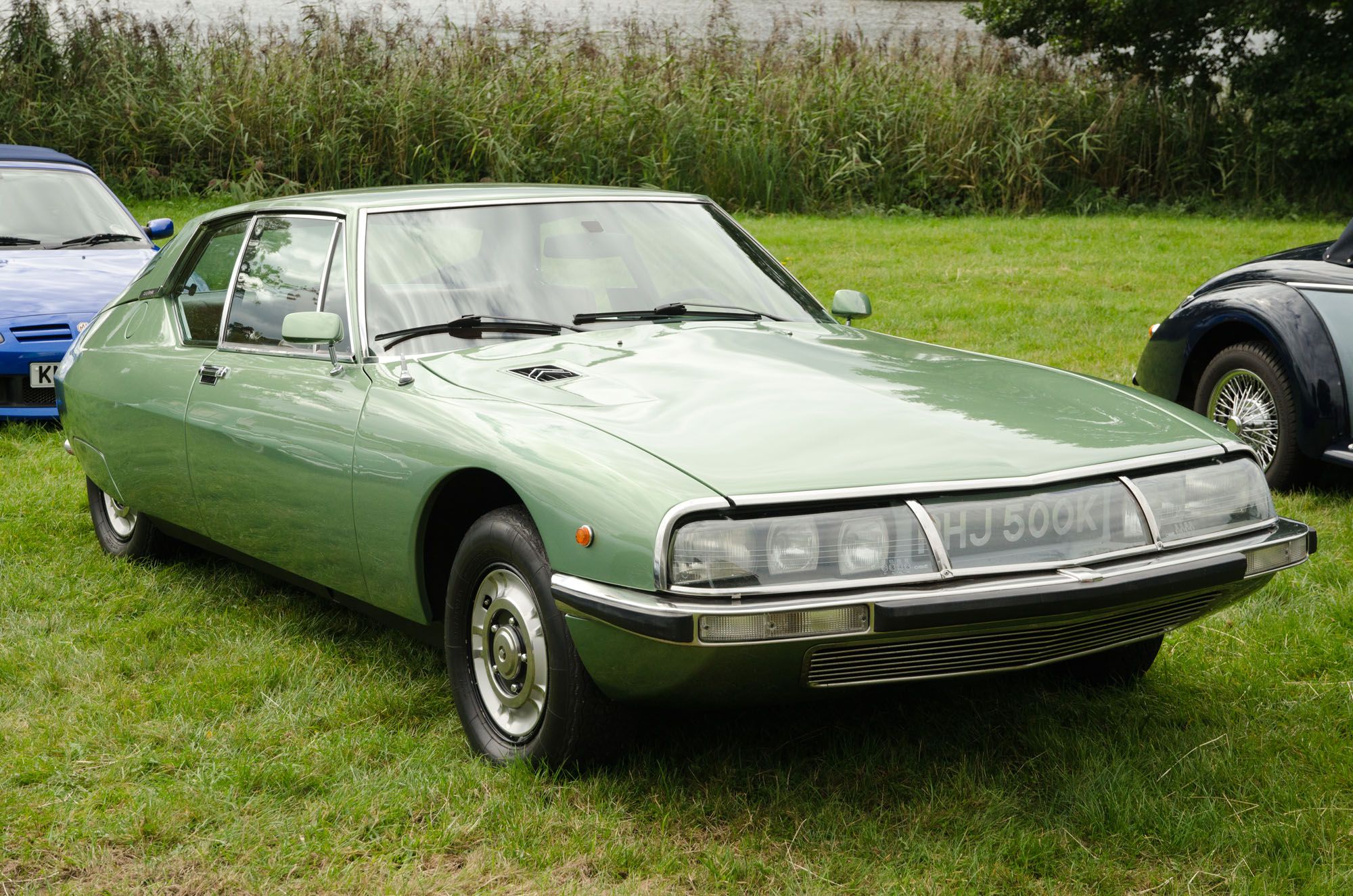
The Citroën SM was officially launched in 1970, and it seemed like it had been developed in a far more advanced world than the one we know. And maybe it was. The SM featured a complex, Maserati-sourced V6 fed by three Weber carburetors. While the V6 may sound astounding, what it means is that if the car breaks down, it’ll need a Maserati specialist to handle the engine and a Citroën specialist to deal with the rest of the vehicle. But, this is not the primary reason why the SM is among the worst cars of all time.
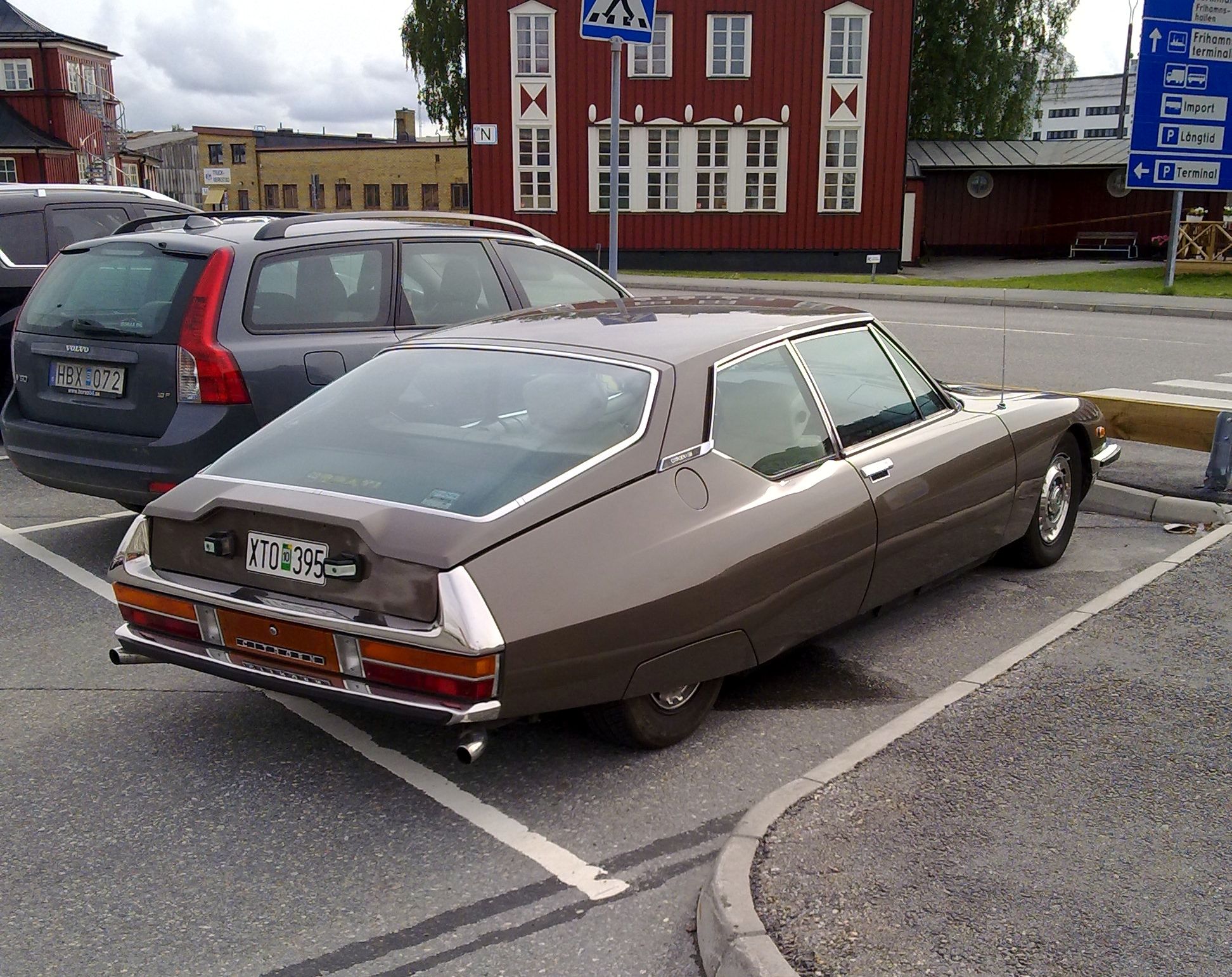
The car is fitted with one of the most complicated suspension systems in automotive history, a hydropneumatic suspension that operates at 2,200 psi. Another deadly problem with this classic is its lack of mechanical connection from the steering wheel to the front wheels. If the driver loses hydraulic pressure, the loss of steering control could be disastrous.
7 Mercedes-Benz 600
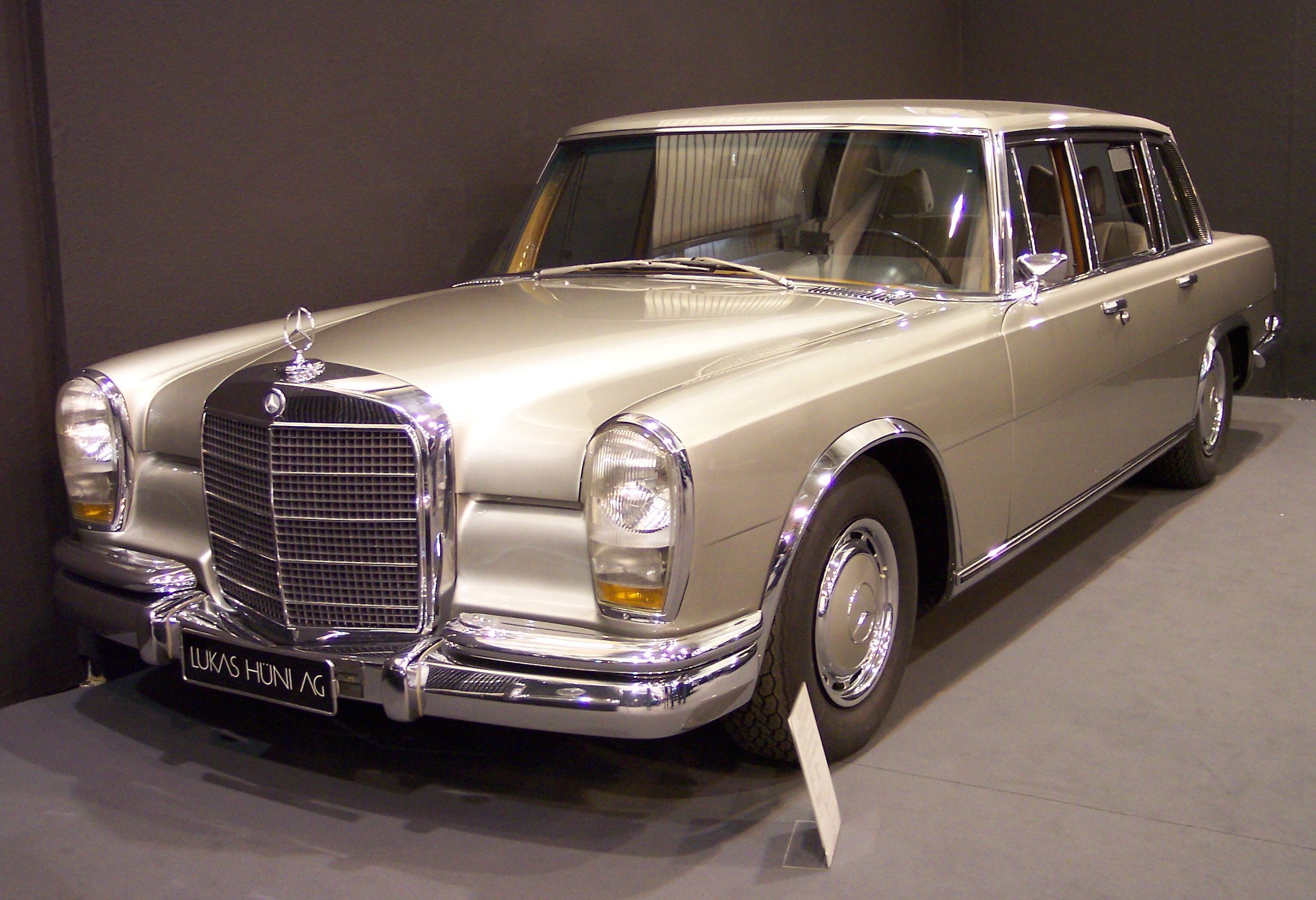
When Mercedes-Benz built the 600, the plan was to unleash the ultimate best car the world over. It was overdesigned and over-engineered. The target market for the 600 was the heads of states and influential industry leaders. As such, Mercedes didn’t care much about its initial price or the cost of living with one. The Mercedes-Benz 600 was equipped with a complex 2,176 psi hydraulic system that controlled nearly everything, from the power windows to the sunroof and the power trunk lid. The vehicle’s suspension featured an air-cushioned design with adjustable firmness.
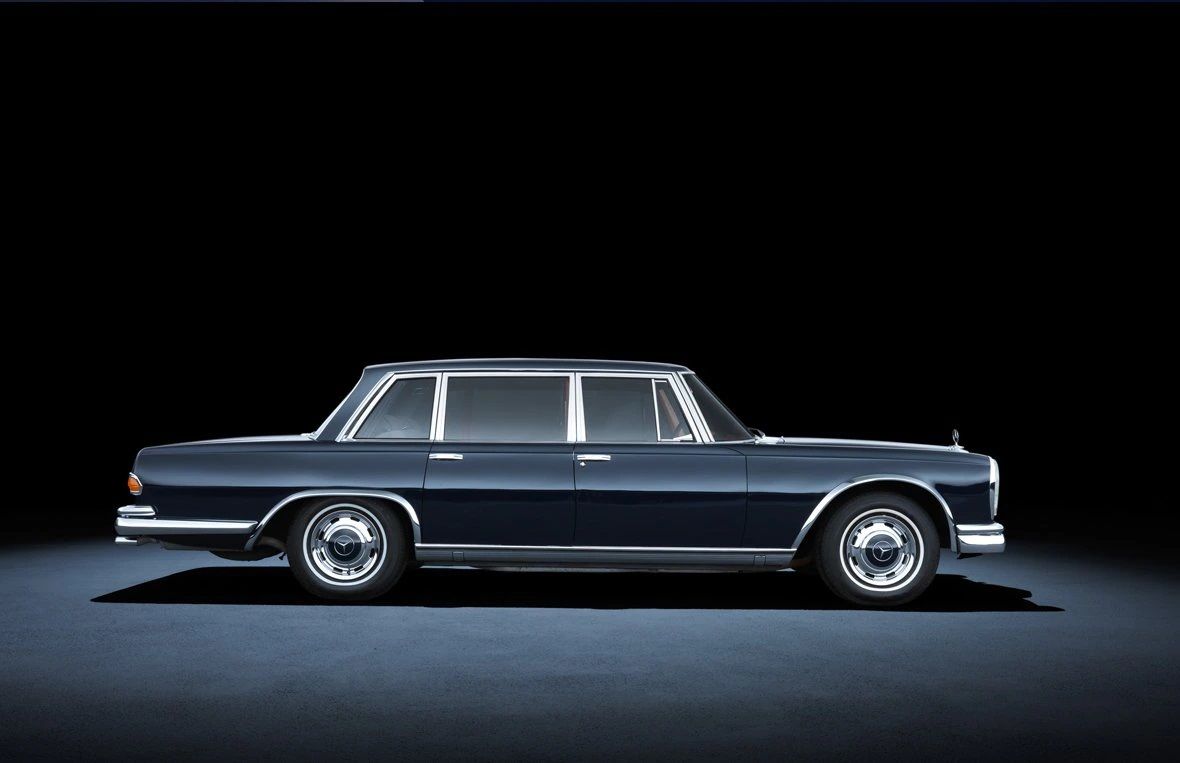
Today, the Mercedes-Benz 600 is one of the best classic executive cars money can buy, at least when all systems are working perfectly. Because when that complex hydraulic setup refuses to work, it can be a lot of work and money to get it back up and running perfectly. If it ever will.
6 Lamborghini Countach
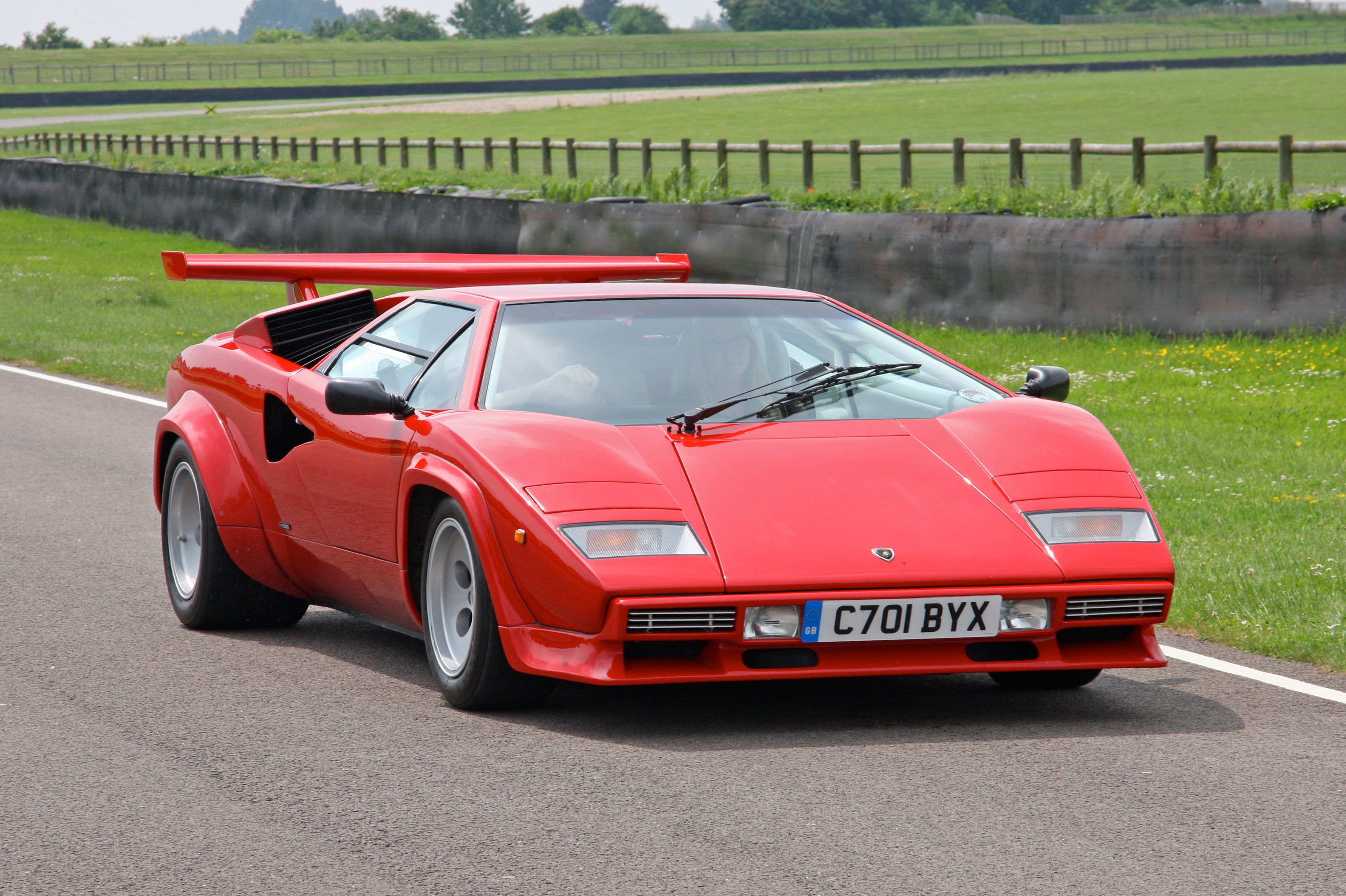
The Countach is among the best classic supercars in the used car market. But that’s before it requires servicing or parts replacement. It is one of the most outrageous supercars ever built. First off, a clutch job could easily cost around $8,000. A basic service: adjusting valve clearances and carb tuning could cost close to, or even over, $5,000 – recurring costs that happen every 15,000 miles.

It is expensive to purchase spare parts of a Countach, and it requires a specialized mechanic to repair the car. All these costly expenses, brought together, make the Lamborghini Countach one of the most expensive classic cars to live with.
5 Lotus Europa
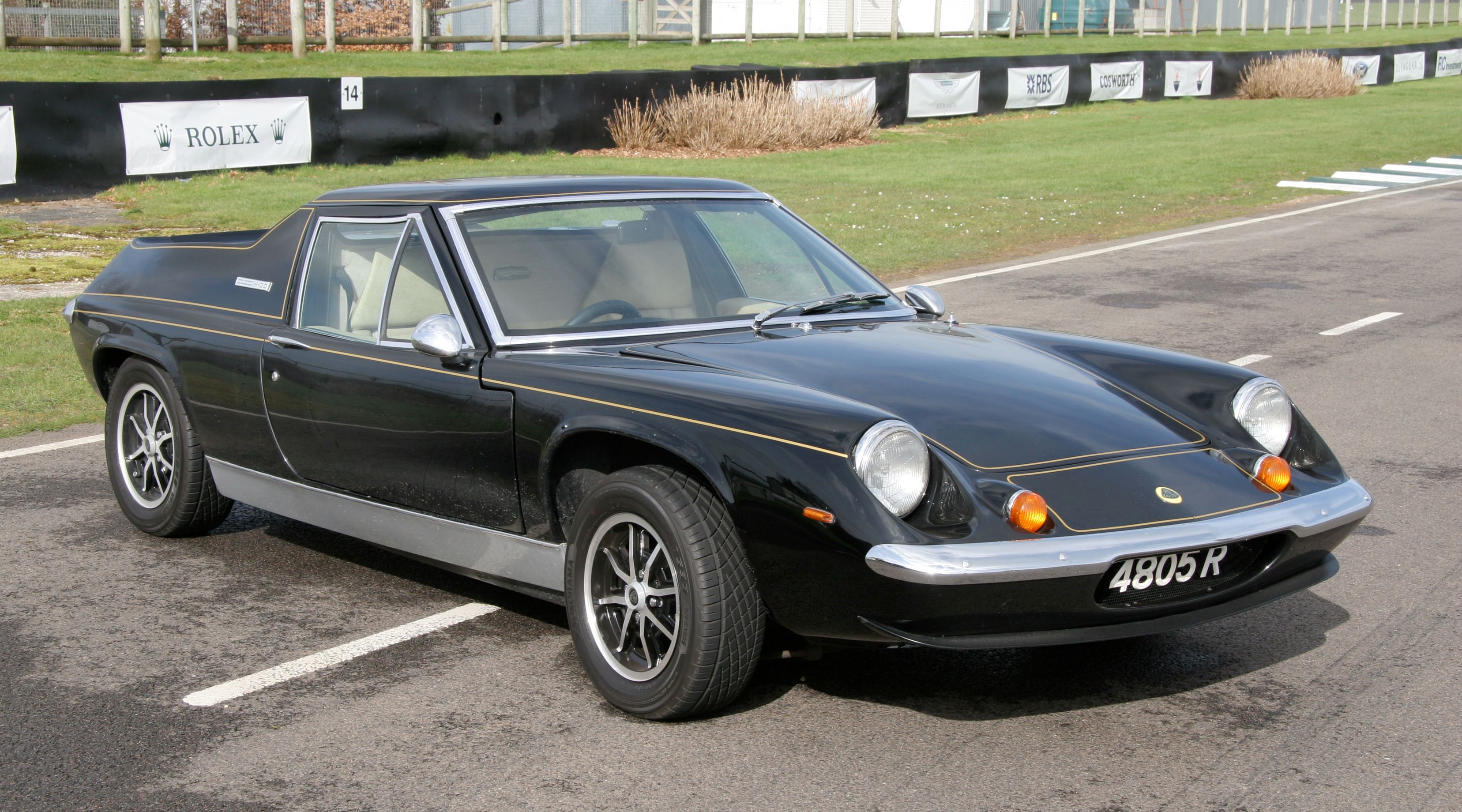
Owning a classic Lotus Europa is not just challenging. It is a nightmare. For starters, the Europa is fitted with a Renault 16 engine. Lotus used the French engine to bring the car’s manufacturing cost down. Finding a head gasket for that engine in the local auto parts shop is impossible. The Europa features a unique backbone design chassis that holds the engine and suspension parts. In addition, the car’s fiberglass body is attached around the chassis.
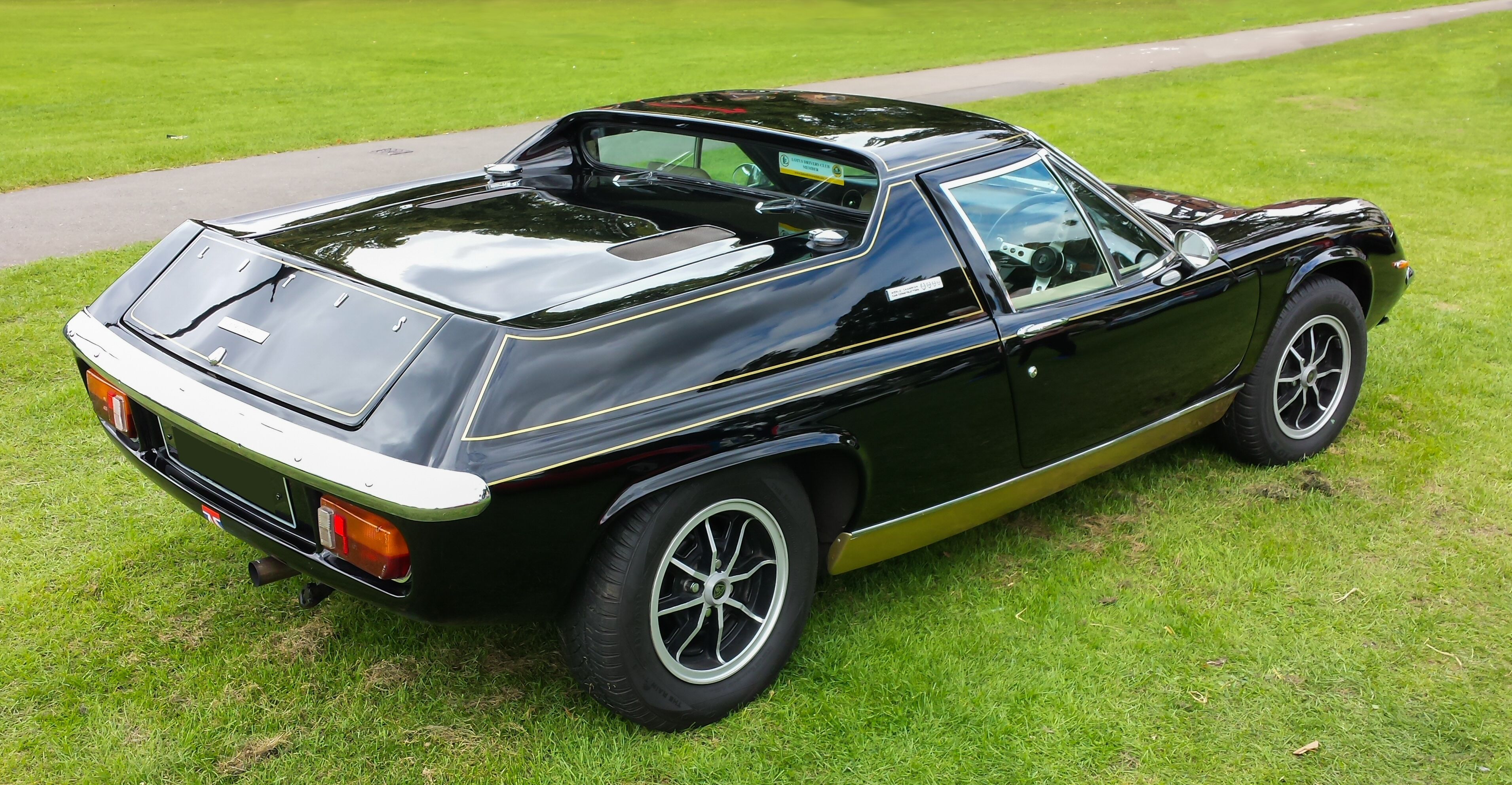
While later Europas had their bodies bolted around the chassis, earlier models’ bodies were bonded around the complex chassis with glue. If the inevitable happens and the frame needs repairing, the mechanic will have to cut the fiberglass body around to remove it to access the chassis. Not very intuitive.
4 Porsche 928
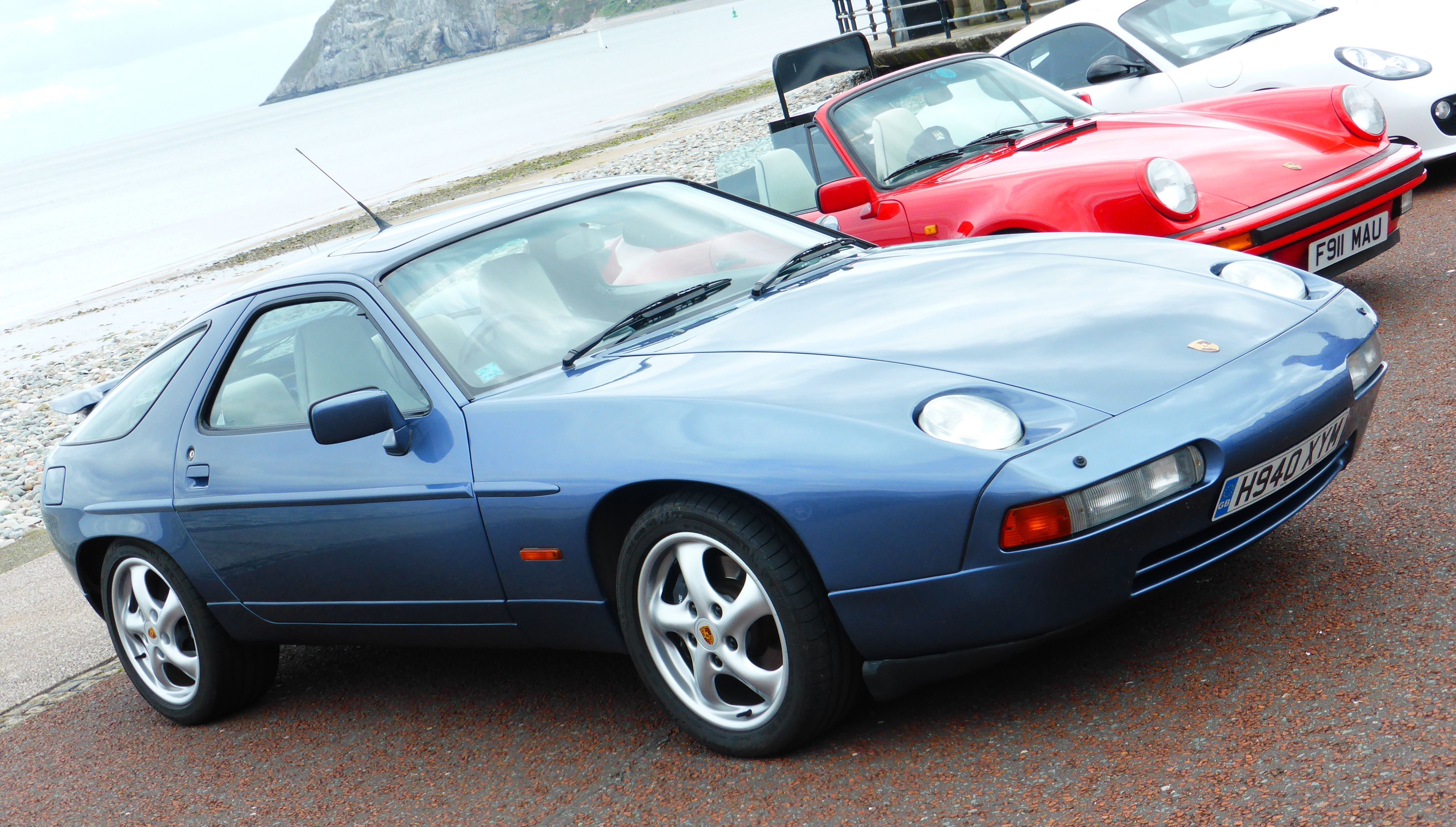
The Porsche 928 is not so much of an unreliable car. It is simply a victim of economics. The 928 was excessively expensive when new. It cost nearly ten times the price of a modern compact vehicle. On the plus side, the 928 had excellent features. It was powered by an advanced all-aluminum V8 engine and had passive rear-wheel steering.
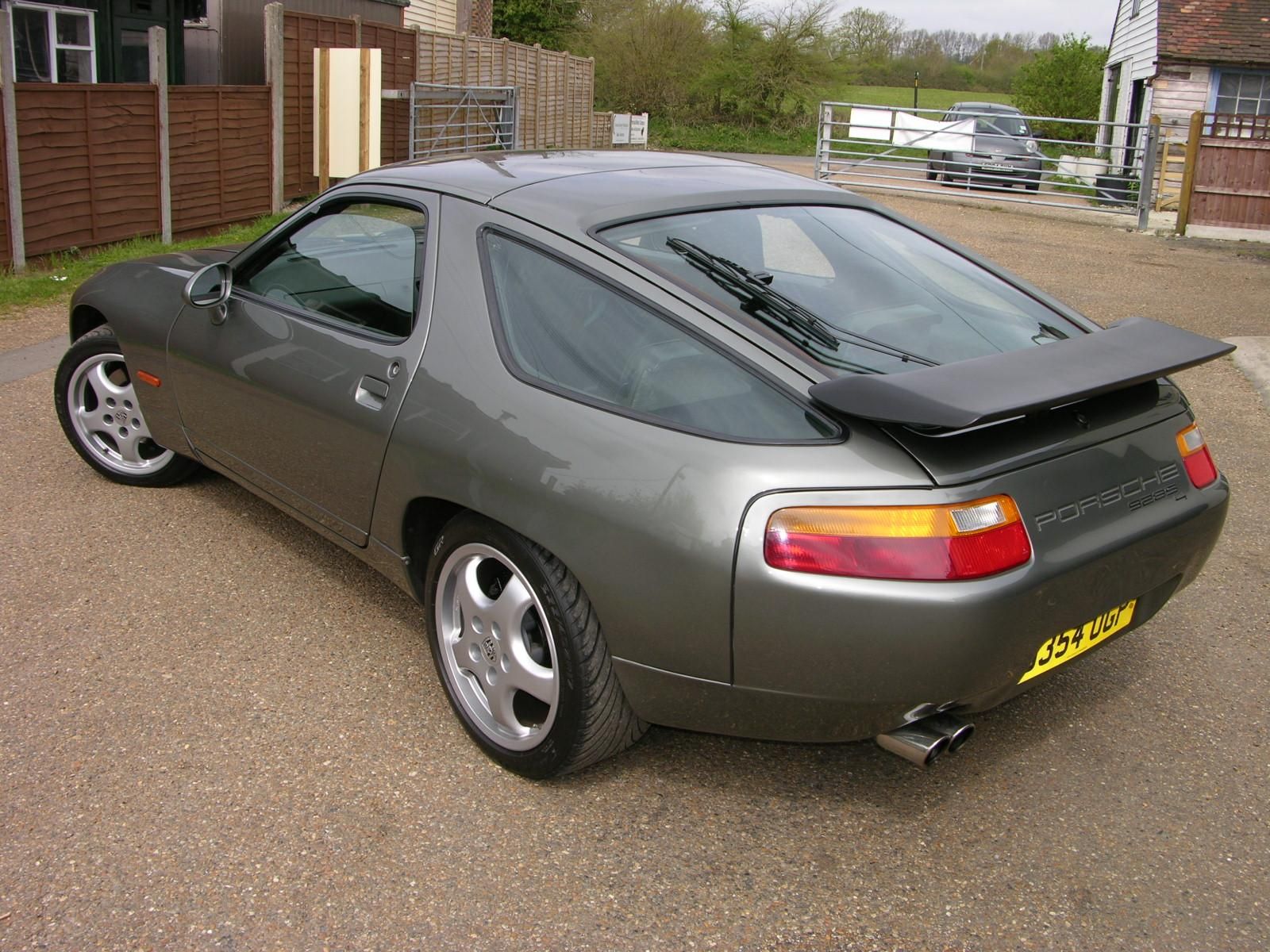
While it was more expensive than a Porsche 911, older 928 models continue to decrease in price. This is after its classic 911 counterparts continue to skyrocket in value. It seems like a good deal, but most of the cheap 928s on the used car market are probably on their second, third, or even tenth owners, neglected, and left to rot. The differed service appointments and neglected part replacements can be costly, and finding genuine parts for a 928 is another terrifying cost.
3 Amphicar 770
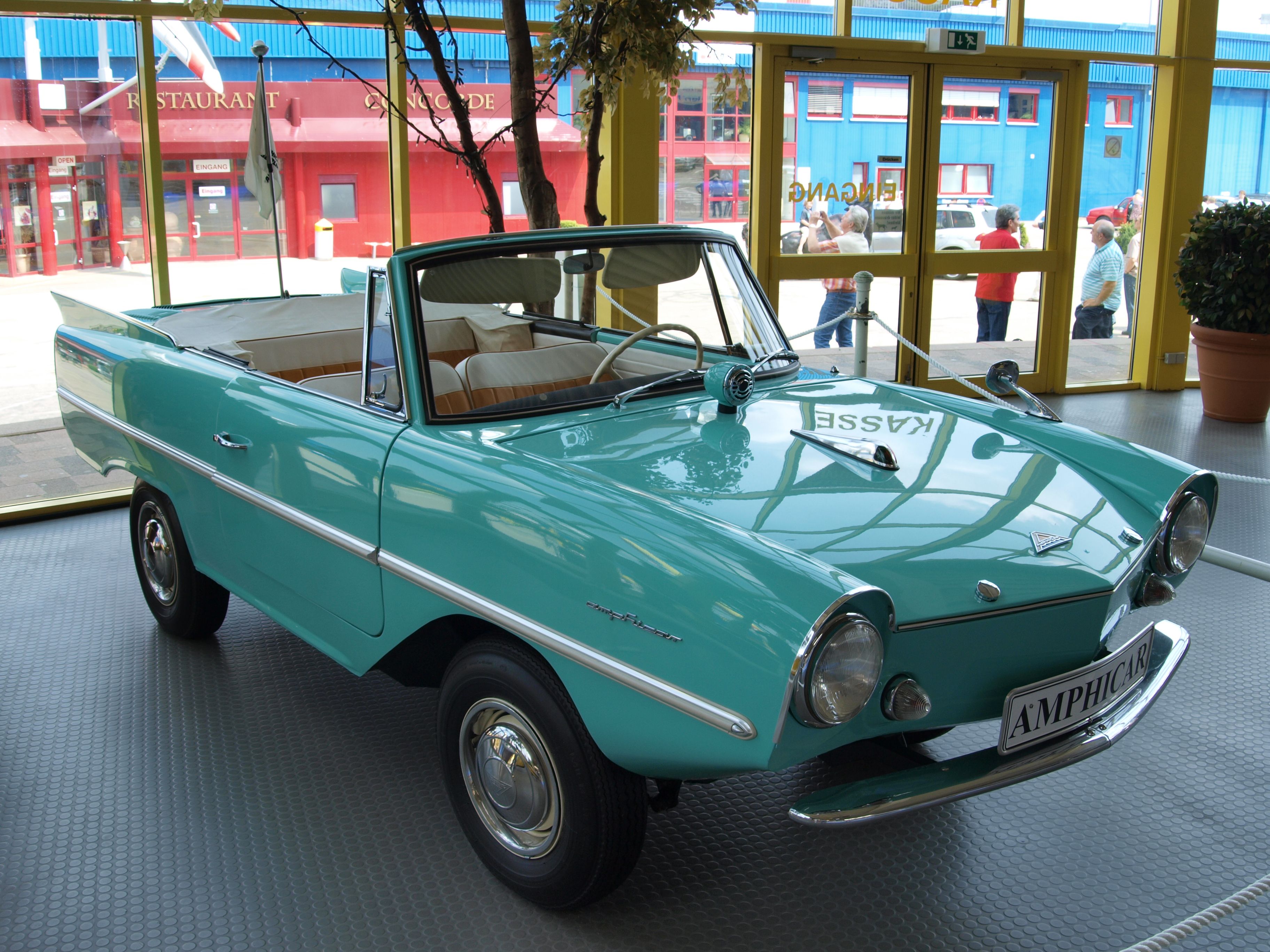
The Amphicar 770 is a complicated German automobile with a British engine. The trouble of keeping one of these watertight and seaworthy is not a joke. When working right, the cheery little car/boat is a lot of fun until it breaks down or catches fire in the middle of the sea.
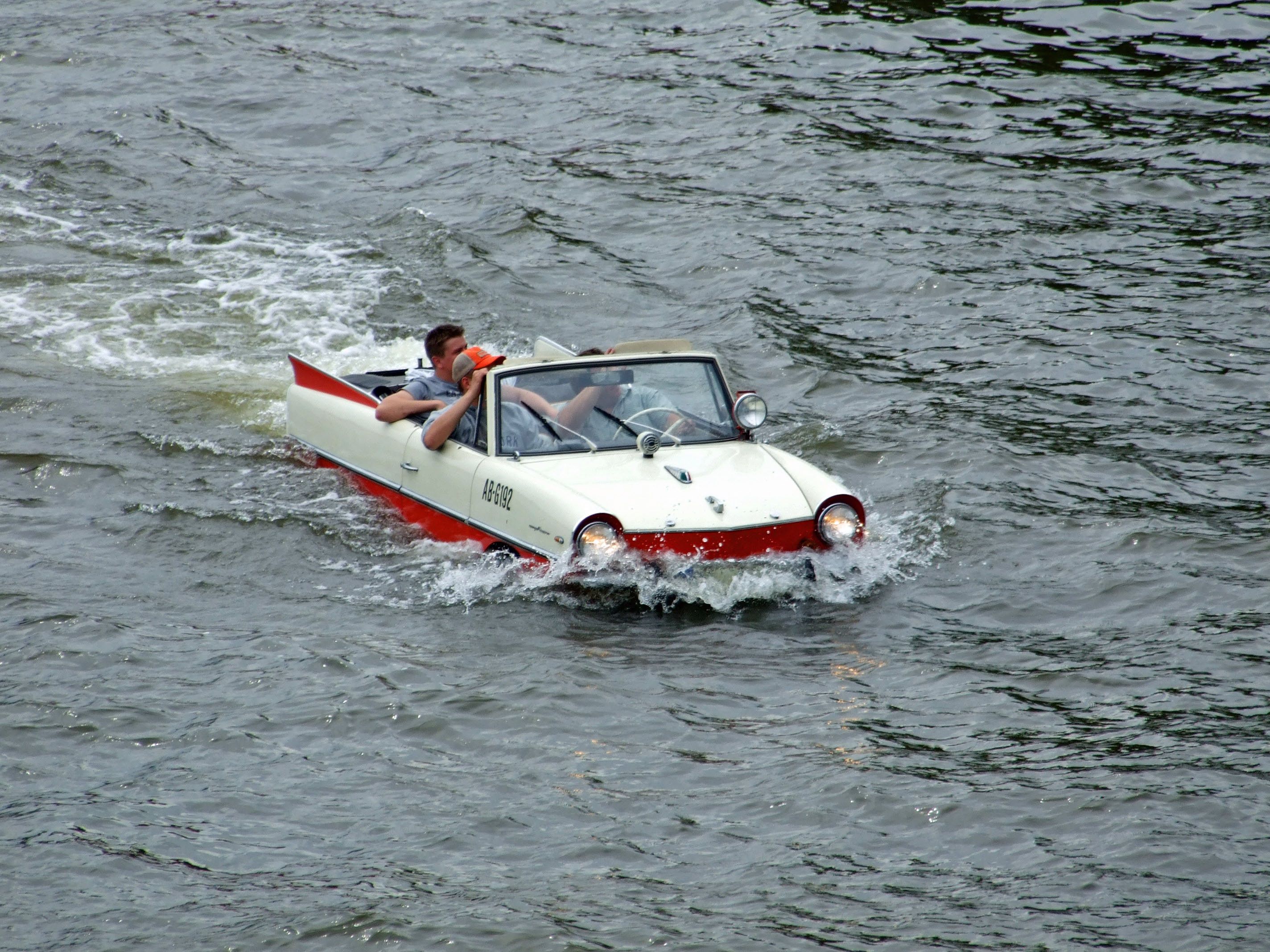
The rust issues associated with the Amphicar 770 due to the frequent dunks are enough to drag someone into a whirlpool of despair. The maintenance costs are excessively high and frequent.
2 Maserati BiTurbo
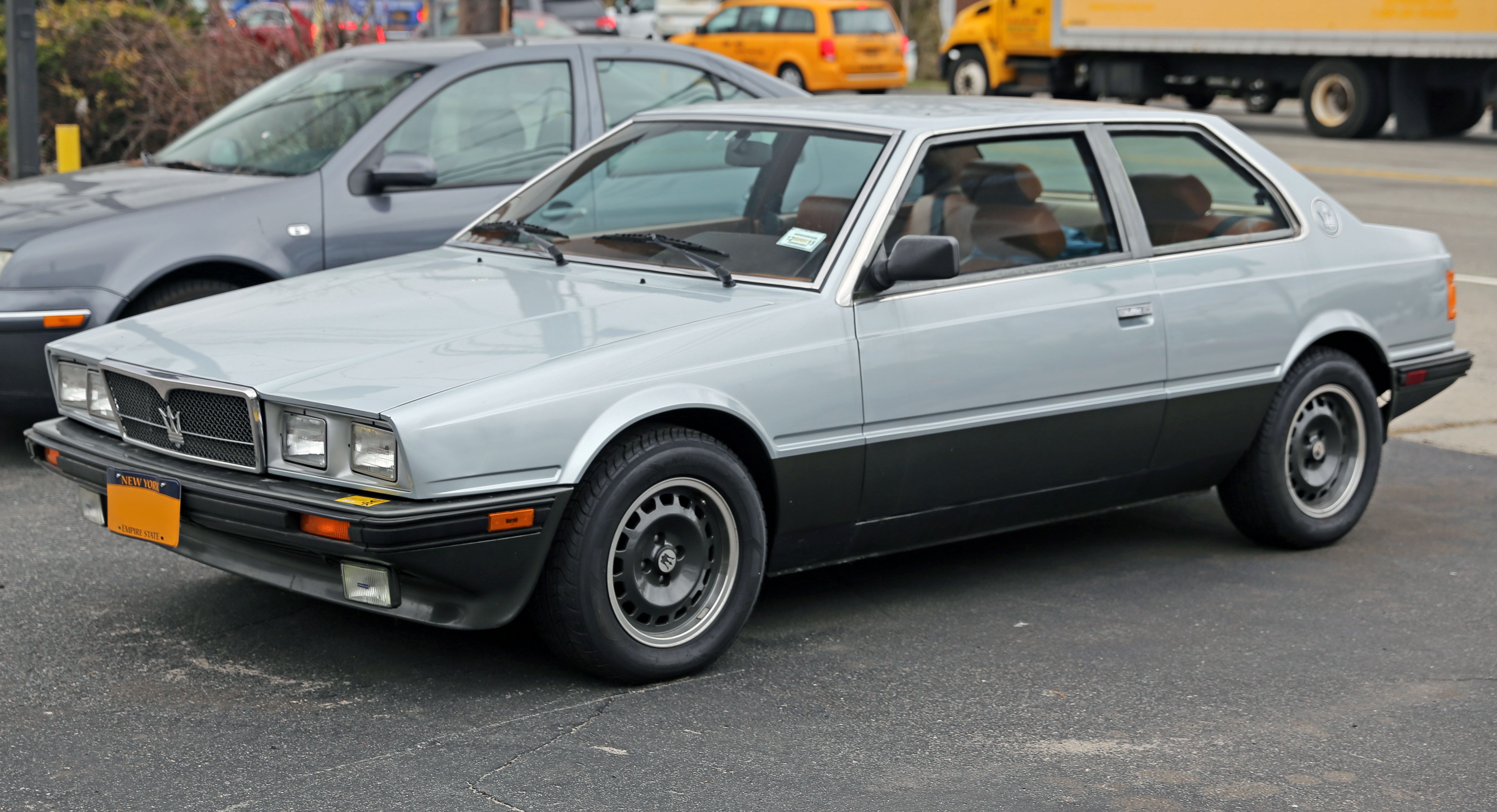
The Maserati BiTurbo is an exotic car, nearly as beautiful as a BMW E-30, but quite far from it in terms of performance and reliability. There’s pride in owning one of these classic beauties, but the look of disappointment when it refuses to go on must be priceless.

As the name suggests, the BiTurbo is powered by a twin-turbocharged engine. But unfortunately, the two turbochargers direct their power boost to an archaic, older-than-1980s carburetor. When a 1980s Italian build quality is combined with two turbos and a finicky carburetor, the result can only be an unreliable car. Today, most Maserati BiTurbo models live under tarps. Their owners talk of restoring them soon – a future that never comes.
1 Any V12-Powered Jaguar
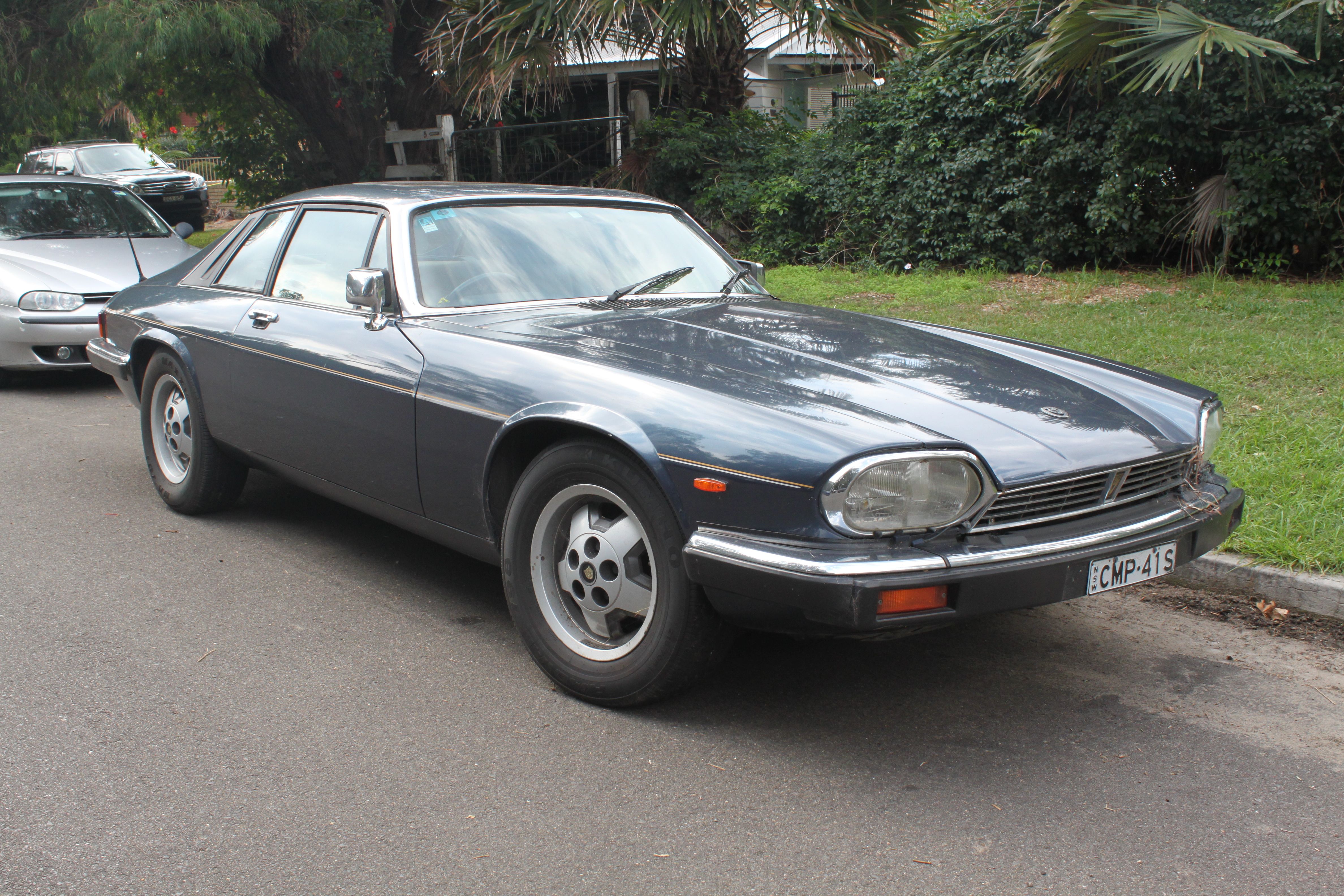
The XJ-12 might be the most affordable V12-powered sports car in the world. However, that affordability comes at the cost of an essential feature of a vehicle, reliability. The XJ-12 comes with two radiators fed by two coolant tanks. It has two fuel pumps and a battery with its independent thermostatically controlled cooling fan.
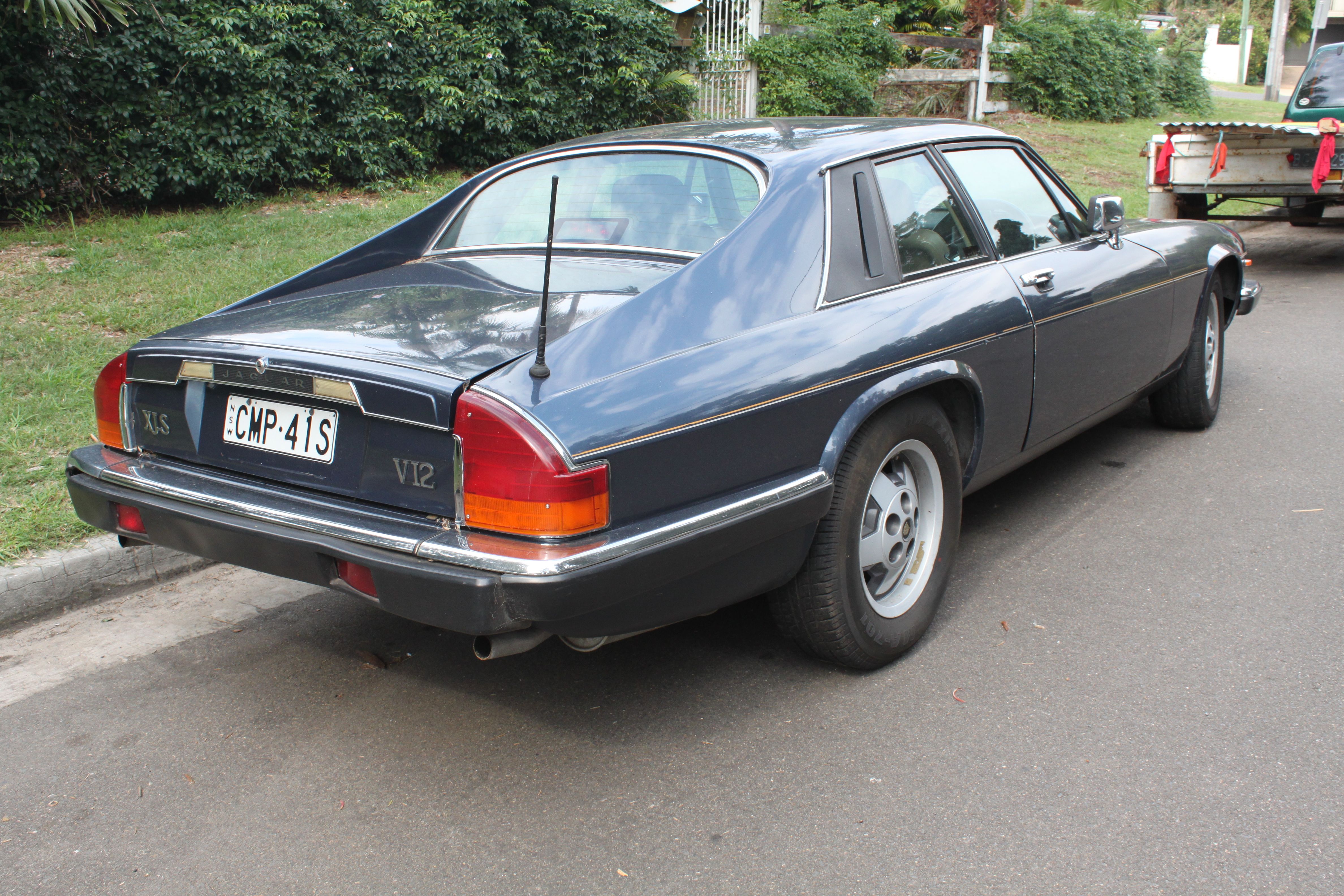
And if this is not terrifying enough, these cars, the XJ-S and the XJ-12, feature a mind-torturing maze of the infamous Lucas wiring with fuse boxes at random intervals along the fenders in the engine bay. Opening the hoods of these V12 Jaguars reveal gleaming cam covers and polished intake manifolds. The underhood view is dominated by a mess of vacuum lines and complex wiring enough to get a mechanic overcharging. These cars are not for the faint-hearted or the shallow-pocketed.
Read Next
About The Author